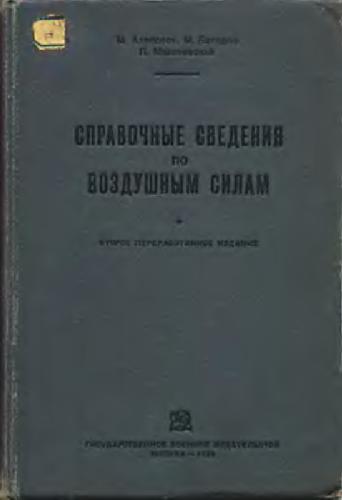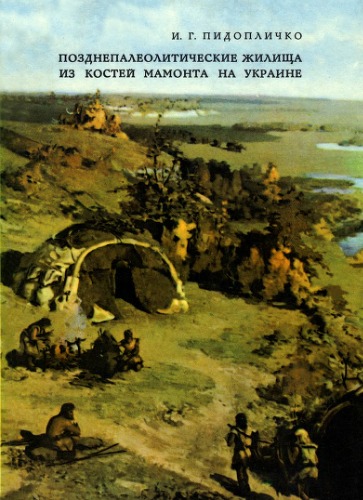- 2 402 202 книги
- Поиск
libcats.org










Sturgeon Biodiversity and Conservation
Vadim J. Birstein, John R. Waldman, William E. BemisThis volume presents a synthesis of basic biological and conservation data for more than 30 species of sturgeons (Acipenseridae), paddlefishes (Polyodontidae) and their fossil allies in the order Acipenseriformes. Since the Jurassic, the four families of sturgeon-like fish have been restricted to the Holarctic, where until very recently they flourished in most major river systems. Today, however, virtually all species of sturgeons and paddlefishes face difficult conservation issues. Papers in the first section of this volume examine paleontology, systematics, evolution and basic biology of acipenseriformes. Recent evidence from fossil Acipenseriformes strongly supports a sister-group relationship of Acipenseridae and Polyondirae as the suborder Acipenseroidei. New molecular and karyological data provide insight into longstanding questions concerning phylogenetic interrelationships within the genus Acipenser. Most sturgeons are benthic in orientation and diet, whereas most paddlefishes are pelagic, particularly the specialized filter-feeding North American paddlefish, Polyodon spathula. All extant species of Acipenseriformes spawn in freshwater, and many make lengthy upriver migrations to spawning sites, exceeding 2000 km in some systems. Maturation is often late ( 20 years in some species) and individuals usually do not spawn annually. Certain anadromous species of Huso and Acipenser historically achieved legendary sizes (6 m TL) and ages ( 80 years). The second section of this volume details current conservation status for most of the world's living species of Acipenseriformes. These papers mark the first attempt to make such a global review of recent data from across the northern hemisphere. The emerging picture is discouraging, for negative anthropogenic impacts range from overfishing to water pollution, to dams and water diversion projects, and all species are threatened to some degree. Across Europe and Asia, many species are extirpated from large parts of their former ranges. A species from the Aral Sea basin, Pseudoscaphirhynchus fedtschenkoi, appears to be extinct. Populations of beluga sturgeon Huso huso, are sharply declining in their historic strongholds in the Caspian and Black Sea basins due to failures of natural reproduction, decreases in stocking (which until recently introduced tens of millions of young into the Volga--Caspian system annually) and poaching. The Chinese paddlefish, Psephurus gladius is also imperiled. Psephurus is restricted to the Yangtze River, and is now blocked from historic spawning sites by the Gezhouba dam; its small population is at best sporadically reproductive, and efforts to breed it in captivity have failed. The third section of the volume considers specific human impacts and responses to conservation issues. These include: the Aral Sea ecological disaster and its impact on native sturgeons; a review of methods for restoring sturgeon populations; the use of molecular techniques in developing conservation strategies; the extreme sensitivity of sturgeons and paddlefishes to overfishing; and the history of a recently convicted caviar poaching ring. The volume's summary reviews the status of all extant species and notes future directions for research on behavior, ecology and population biology that could lead to better co-ordinated international conservation efforts.
Популярные книги за неделю:

Проектирование и строительство. Дом, квартира, сад
Автор: Петер Нойферт, Автор: Людвиг Нефф
Размер книги: 20.83 Mb

Система упражнений по развитию способностей человека (Практическое пособие)
Автор: Петров Аркадий НаумовичКатегория: Путь к себе
Размер книги: 818 Kb

Сотворение мира (3-х томник)
Автор: Петров Аркадий НаумовичКатегория: Путь к себе
Размер книги: 817 Kb

Радиолюбительские схемы на ИС типа 555
Автор: Трейстер Р.Категория: Электротехника и связь
Размер книги: 13.64 Mb
Только что пользователи скачали эти книги:

Самые богатые люди Земли. Большая двадцатка
Автор: Самодуров ВадимКатегория: Биографии и Мемуары, О бизнесе популярно
Размер книги: 958 Kb

Справочные сведенья по воздушным силам
Автор: Алексеев, Автор: и др.Категория: Военная техника
Размер книги: 6.43 Mb

Decomposition techniques in mathematical programming
Автор: Antonio J. Conejo, Автор: Enrique Castillo, Автор: Roberto Minguez, Автор: Raquel Garcia-Bertrand
Размер книги: 2.04 Mb

Позднепалеолитические жилища из костей мамонта на Украине.
Автор: Пидопличко И.Г.Категория: Ископаемые
Размер книги: 12.00 Mb

Receiving Personal Prophecy: Prophetic Keys to Unlocking Your Prophecies (Epub & Mobi)
Автор: Bill VincentКатегория: Christian
Размер книги: 434 Kb

Glory: Pursuing God's Presence: Revealing Secrets (Epub & Mobi)
Автор: Bill VincentКатегория: Christian
Размер книги: 657 Kb




